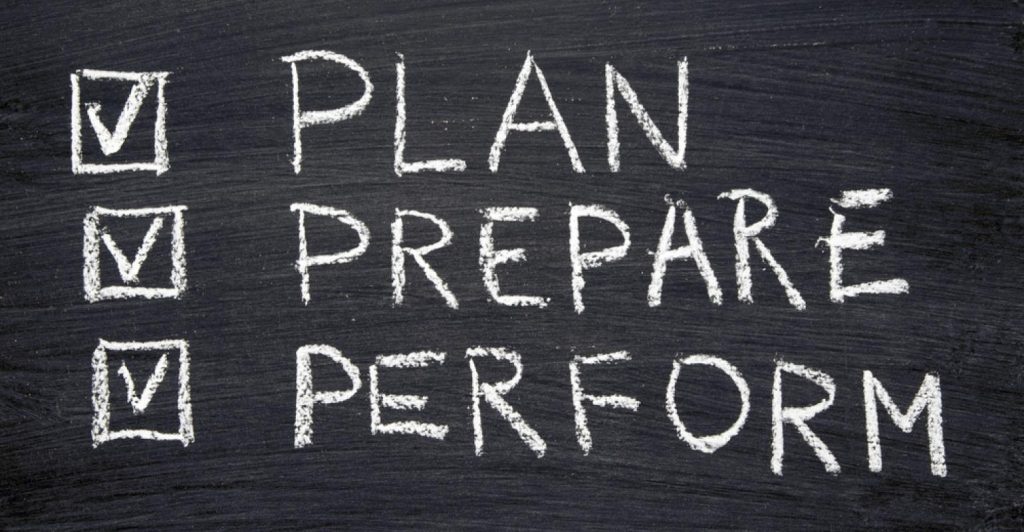Step One – Think about the long term
Preparing for an ERP requires long-term thinking. You need to dust off the crystal ball and visualise your business in the future. Features that seem important right now may well be eclipsed tomorrow and you want to get it right the first time. ERP solutions are an investment in the future and not easy to change once implemented. A cheaper option right now may bite you back down the track if modifications are constantly required as your business evolves. Keep in mind that businesses change so investing in a system that is flexible and scalable is very important. An ERP implementation is not an IT project or a finance project; it is a business project and must be guided by the benefits that the business will reap. Therefore you must know your business.
Step Two – Get to know your business
How well do you know it really? To create a positive environment for change you need to take a long hard look at how your business currently operates. Things to investigate if you don’t already know are:
- Is your business profitable?
- Are you equipped for growth?
- Are your staff on board?
- Are your processes efficient or are they done because that’s the way they’ve always been done? It’s a good idea to ask your operators this question – they will tell you if they are a waste of time.
- How are you placed next to your competitors?
- Is there any double entry?
- Do you have separate legacy systems?
- Do you rely heavily on error-prone spreadsheets?
Step Three – Get everyone on the bus
You had a thorough look at your business and you’ve decided an ERP is exactly what you need in order to grow and be across all your data. How do your staff feel about it? If your main operators aren’t prepared and enthusiastic for change the bus isn’t going anywhere. You need to have complete engagement by everyone that will be using the system, from your accounts department, sales staff, warehouse staff and so on. Involving them and showing that you care about their views and their roles within the organisation will help create positive engagement for the project. Encourage them to look at existing processes and seize the opportunity to improve them.
Now, who’s going to drive the bus? An effective implementation requires a team to drive the project and it needs to start at the top. CEOs and CFOs need to be involved and engaged.

Step Four – Choosing your implementation team & ensuring they all want the same outcomes
This part is crucial. The team does not have to be large but it must include everyone whose input is required during the project. They must be committed and have clearly defined goals and objectives. You will also need to select someone to guide them with the ability to see the big picture and keep the project moving – this may very well be yourself. Inevitably there will be disruptions and tweaks that will need to be managed. If your goals are clearly defined and the time is taken to achieve them correctly you’ll end up with an outcome that everyone is happy with. Involving people will give them a sense of ownership in the system which is essential if you want complete stakeholder engagement.
Step Five – Evaluate your needs
Think about the big picture of what you are wanting to achieve and why your need an ERP solution. You have already identified the shortcomings of your existing system however you need to clearly understand what improvements you require in order to make it worthwhile. Your needs should be very specific.
If you want to improve your customer service you need to ask yourself what that means. If you want improved efficiencies in your warehouse – what specifically needs improving? Go through each department in your business.
Once you have identified these you can begin to look at your system requirements. For example:
| What we need to improve | Specific Process | System Requirement |
| More efficiencies for payroll team | Allow staff to view their current leave balances and apply for leave online | ESS |
| Quicker response to customer calls | Be able to create a quote for a customer and see accurate levels of stock and pricing | CRM |
| Manager projects/jobs more efficiently | Be able to track work in progress | Job Costing |
| Have better control of fleet | Track location of fleet assets and schedule regular servicing | Fixed Assets |
Step Six – What do you want to see in a demo?
Do you want to see how a particular process works? What scenario’s that are particular to your business do you want to see? It is essential that you and your team drive the demo. The more information provided to the vendor the more relevant the demonstration will be. There is a pdf attached that will help you with your evaluation plan.
If you would like some assistance in preparing for an ERP we can help with a business review or provide a demo if you’re ready.
